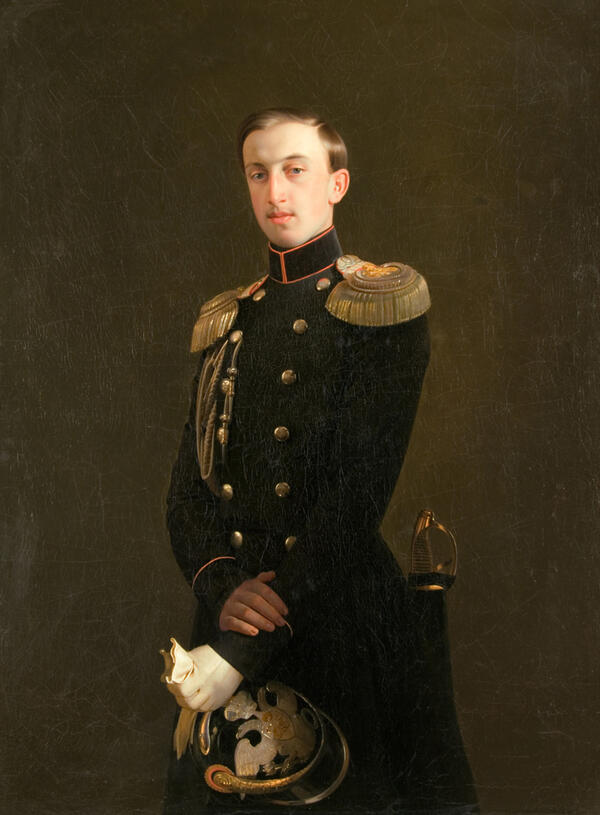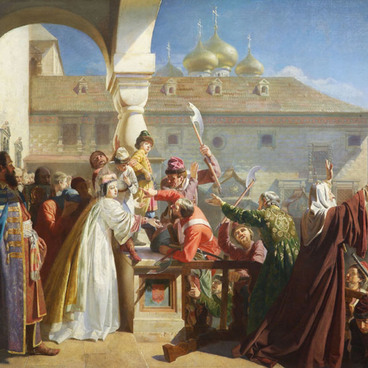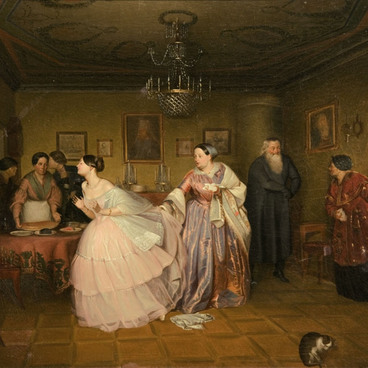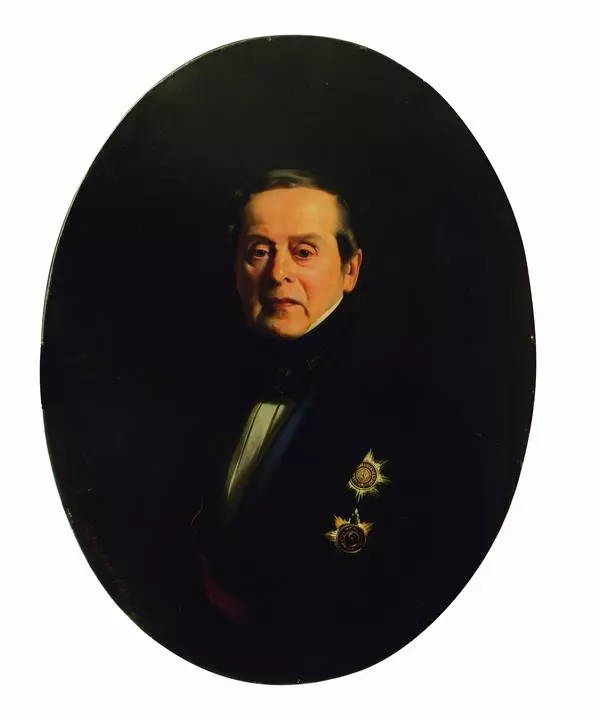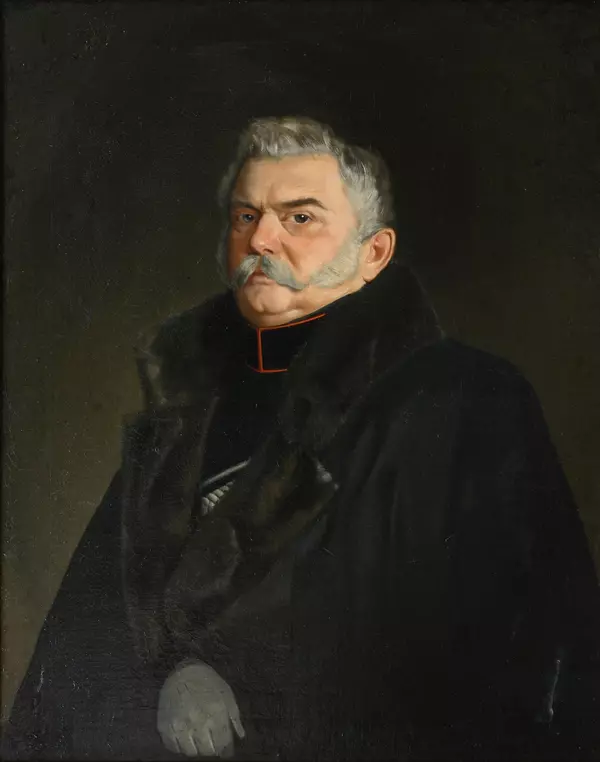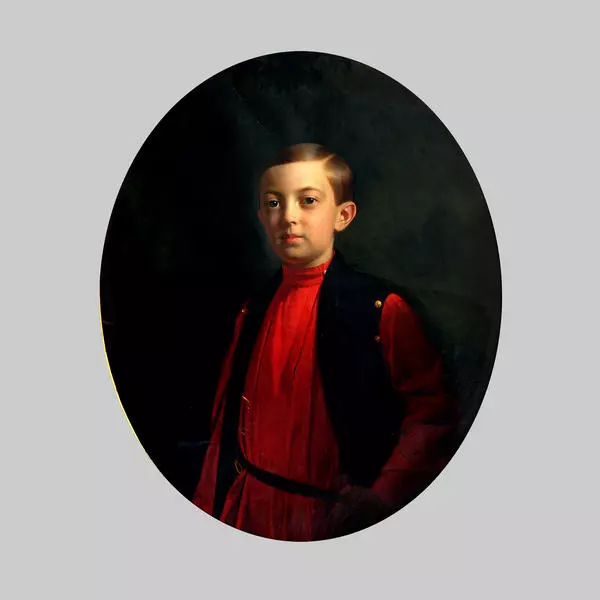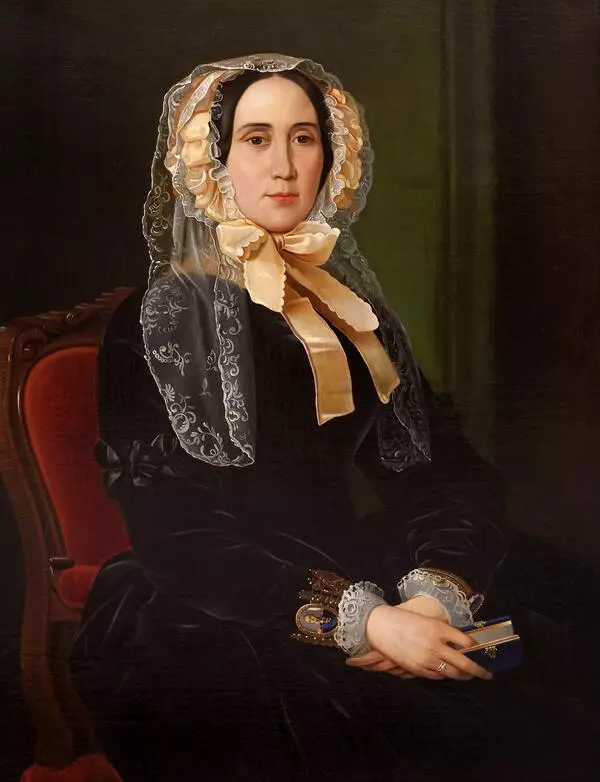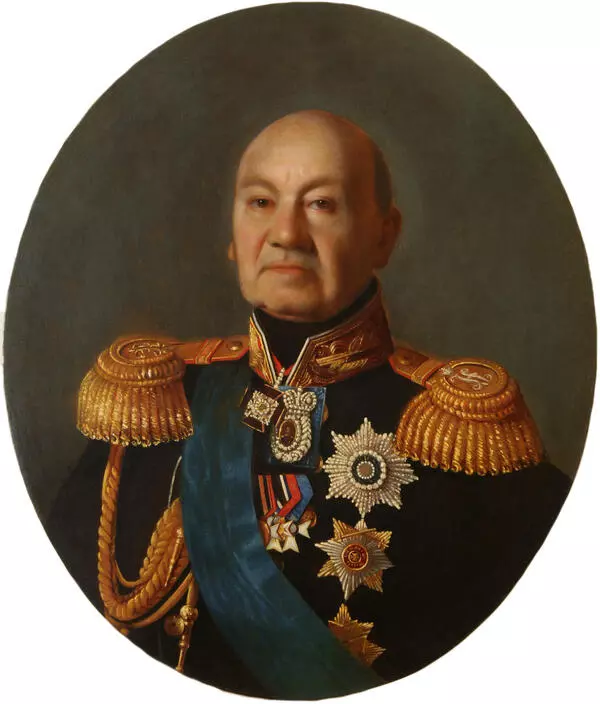In portraits, Sergey Zaryanko (October 6, 1818, Lyady, Mogilev province - December 20, 1870, Moscow) tried to convey the image of the portrayed person as truthfully as possible. According to the artist, this is what brought the work closer to the truth. Zaryanko came from a peasant family and moved to Saint Petersburg after his father received his freedom. He was a student of the famous Russian painter Alexey Venetsianov. In 1834 Venetsianov recommended that Sergey Zaryanko becomes a free student at the Imperial Art Academy.
The work of Sergey Zaryanko evoked a whole range of opinions from the audience - from fair admiration to genuine perplexity and crushing criticism. A prominent personality in the history of Russian art, an artist who vividly reflected his time, he remained a lonely and exceptional figure. The aspiration to analytical knowledge of the world and its truthful embodiment in the art of that time influenced on Zaryanko’s creative method of “plastic reality”.
The artist found a certain “formula” for the image of a person, a set of rules for achieving “liveliness” of the appearance, which distinguished him among his contemporaries. Zaryanko’s work is narrowly specialized, mainly focused in the area of noble and secular portraits. Vivid portraits accurately indicate the social class that the portrayed individual belongs to. Zaryanko is extremely accurate in conveying unique personality characteristics.
S. Zaryanko received many honorary titles in life - academician, professor of painting, senior professor of the Moscow School of Painting and Sculpture. He created about one hundred portraits that can currently be seen in many museums in Russia and Belarus. The portrait of Grand Duke Nikolas Nikolaevich from the collection of the Taganrog Art Museum was painted in the early 1850s. This most fruitful period coincides with the peak of the artist’s popularity.
The work of Sergey Zaryanko evoked a whole range of opinions from the audience - from fair admiration to genuine perplexity and crushing criticism. A prominent personality in the history of Russian art, an artist who vividly reflected his time, he remained a lonely and exceptional figure. The aspiration to analytical knowledge of the world and its truthful embodiment in the art of that time influenced on Zaryanko’s creative method of “plastic reality”.
The artist found a certain “formula” for the image of a person, a set of rules for achieving “liveliness” of the appearance, which distinguished him among his contemporaries. Zaryanko’s work is narrowly specialized, mainly focused in the area of noble and secular portraits. Vivid portraits accurately indicate the social class that the portrayed individual belongs to. Zaryanko is extremely accurate in conveying unique personality characteristics.
S. Zaryanko received many honorary titles in life - academician, professor of painting, senior professor of the Moscow School of Painting and Sculpture. He created about one hundred portraits that can currently be seen in many museums in Russia and Belarus. The portrait of Grand Duke Nikolas Nikolaevich from the collection of the Taganrog Art Museum was painted in the early 1850s. This most fruitful period coincides with the peak of the artist’s popularity.

